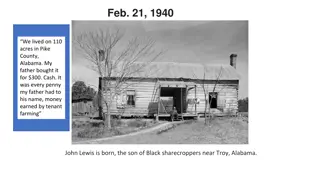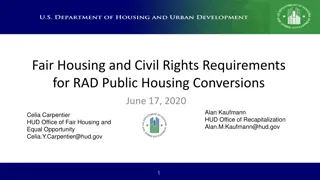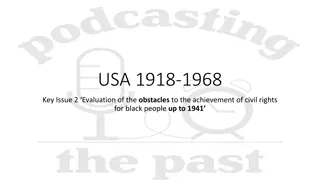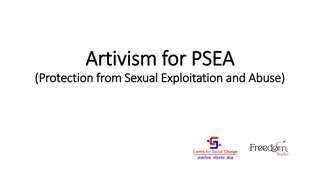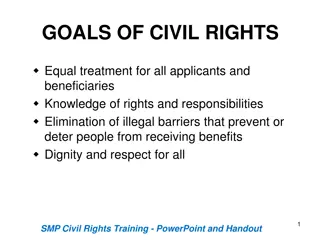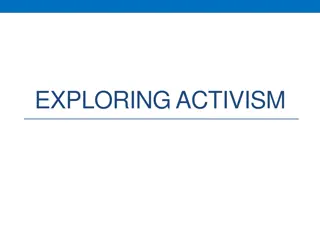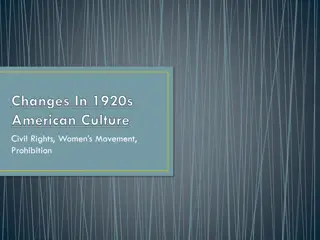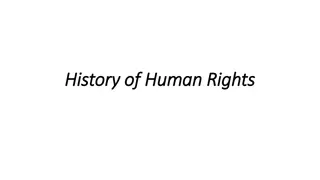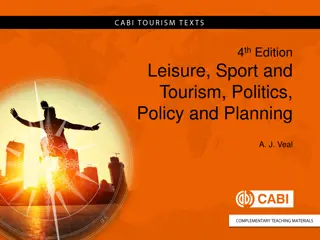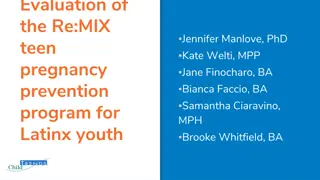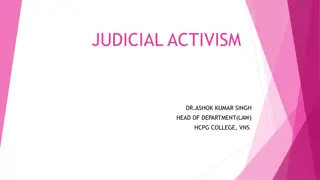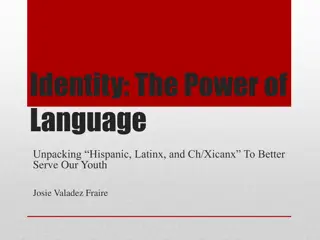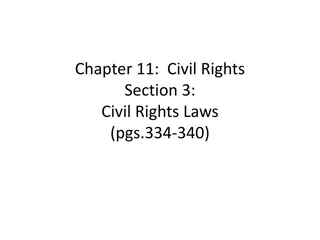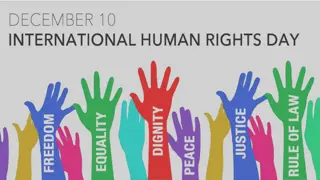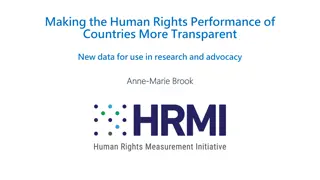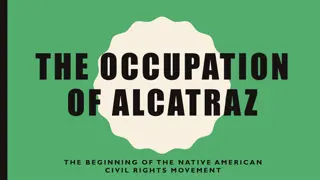Latinx Civil Rights Activism Post-WWII
Explore the history of Latinx civil rights activism post-WWII with a focus on the impact of political organizations, significant leaders, and strategies employed. Understand the changes in the United States resulting from the civil rights movement and learn from the lessons of Latinx civil rights history through various visual and informational resources.
Download Presentation

Please find below an Image/Link to download the presentation.
The content on the website is provided AS IS for your information and personal use only. It may not be sold, licensed, or shared on other websites without obtaining consent from the author.If you encounter any issues during the download, it is possible that the publisher has removed the file from their server.
You are allowed to download the files provided on this website for personal or commercial use, subject to the condition that they are used lawfully. All files are the property of their respective owners.
The content on the website is provided AS IS for your information and personal use only. It may not be sold, licensed, or shared on other websites without obtaining consent from the author.
E N D
Presentation Transcript
Post-WWII Latinx Civil Rights Dr. Monica Perales University of Houston
(9) History. The student understands the impact of the civil rights movement. The students is expected to: C. describe the roles of political organizations that promoted African American, Chicano, American Indian, and women s civil rights. United States History Studies Since 1877 Standards D. identify the roles of significant leaders who supported various movements, including Martin Luther King, Jr., Cesar Ch vez, Dolores Huerta, Rosa Parks, and Betty Friedan. I. evaluate changes in the United States that have resulted from the civil rights movement, including increased participation of minorities in the political process.
How do we define civil rights? Guiding Questions Latinx Civil Rights Activism What are different strategies to achieving civil rights? What does Latinx civil rights history teach us?
A few words . . . 1. How do we define civil rights? What do we mean by civil rights?
Poverty & housing conditions Mexican housing units, Corpus Christi, Texas, 1949. Photo by Russell Lee, Center for American History, The University of Texas at Austin.
School segregation & conditions LULAC member points to proximity of sewer line to outhouses at the Mexican Ward School, Mathis, Texas, 1946. George I. Sanchez Digitization Project, University of Texas Libraries, The University of Texas at Austin.
Social discrimination LonestarRestaurant Association, Dallas, Texas. Printed Jim Crow sign, n.d. Black History Collection, Manuscript Division, Library of Congress (024.00.00) www.loc.gov/exhibits/civil-rights- act/images/cr0024_enlarge.jpg Sign, Dimmitt, Texas, 1949. Photo by Russell Lee. Center for American History, University of Texas at Austin.
Formal organizations 2. What were the different strategies? Grassroots activism and protests Labor activism
Organizations LULAC, founded in 1929
Organizations El Congreso de Pueblos de Habla Espa ola (The Spanish Speaking People s Congress, ca. 1939-early 1950s) Luisa Moreno (left, photo from San Diego History Center) and Josefina Fierro de Bright (right, photo from Wikipedia)
Grassroots Activism Student walkouts in Edcouch-Elsa, TX 1968 (photo from http://www.cityofelsa.net/communi ty)
Labor Activism C sar Ch vez Memorial Mural in San Fernando, CA (Photo from https://www.dailynews.com/2018/1 0/28/election-2018-brings-issues- to-voters-in-the-city-of-san- fernando/)
Context matters 3. What does the history of Latinx civil rights teach us? Understanding relationships between movements Civil rights struggles as an evolving dialogue Communities tell their own stories
Q&A The Legacy of C sar Ch vez (1997) mural, Santa Ana College, California (photo from https://muralesrebeldes.org/honori ng-cesar-chavez-march-31-2017/)
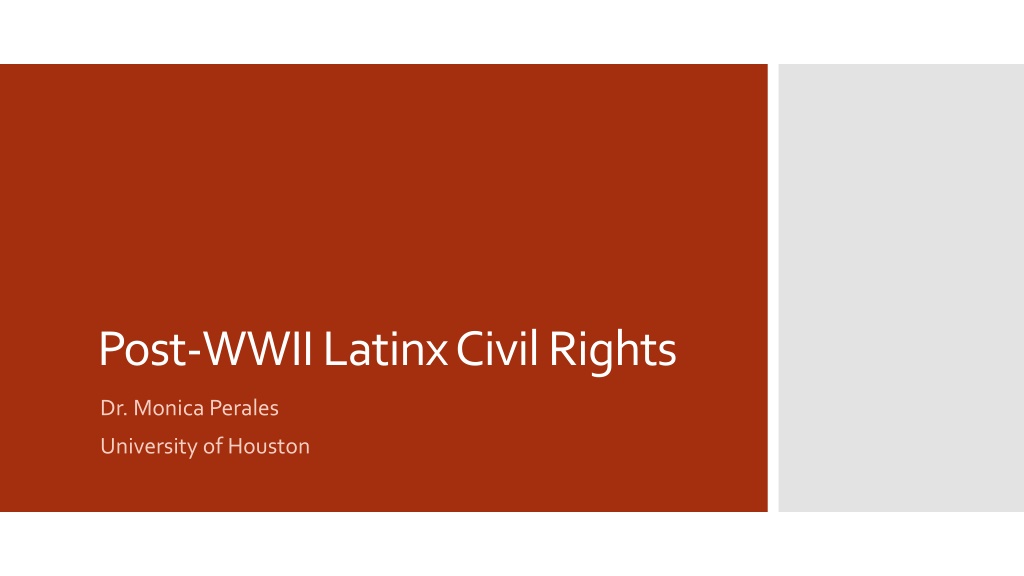
 undefined
undefined






